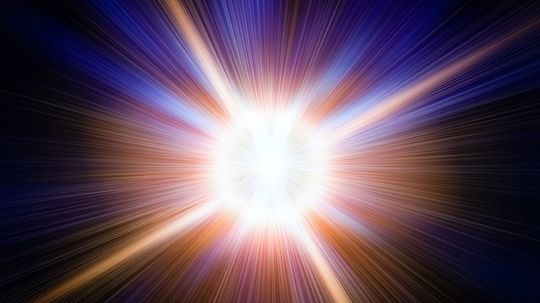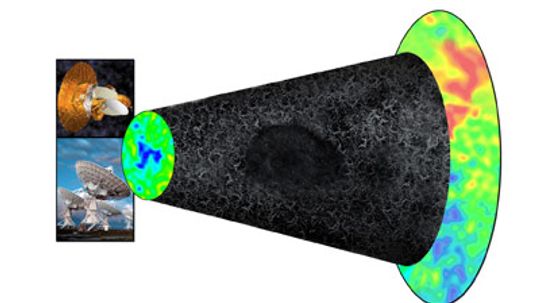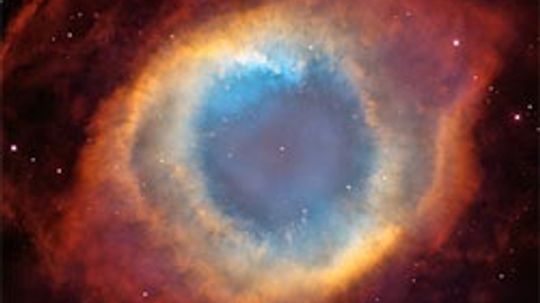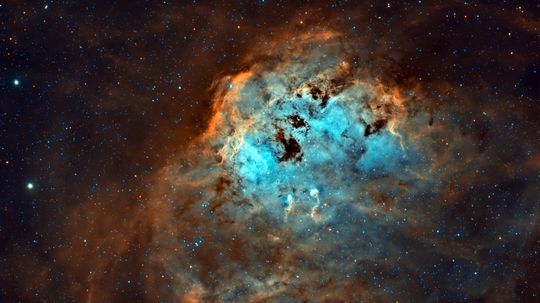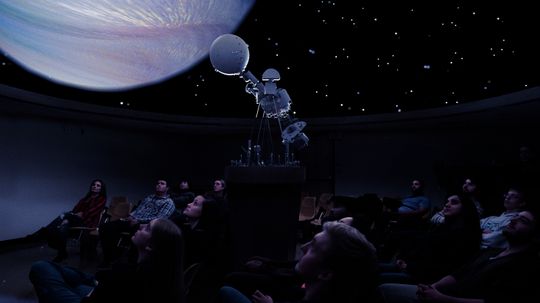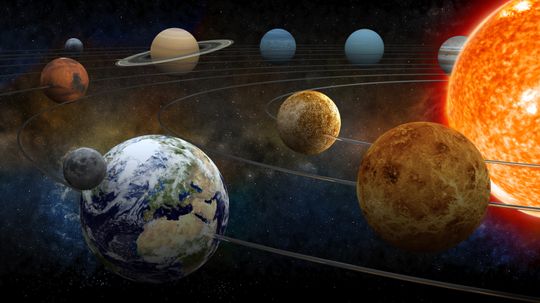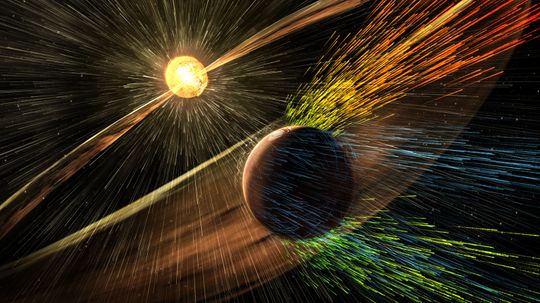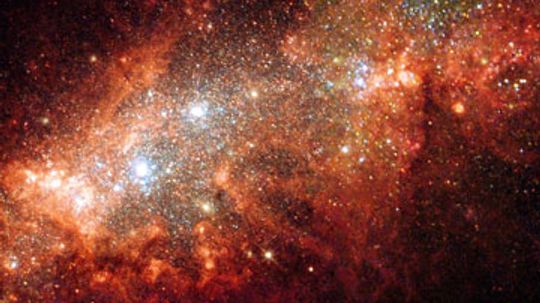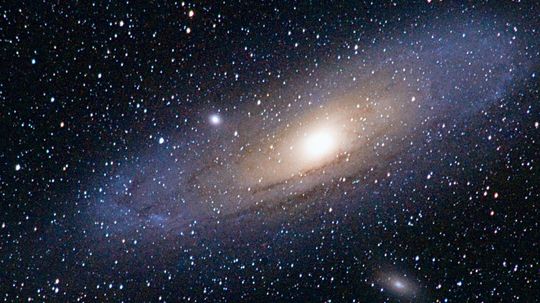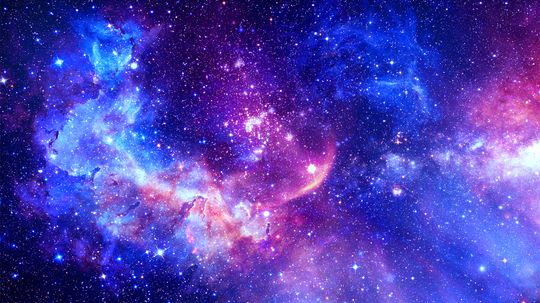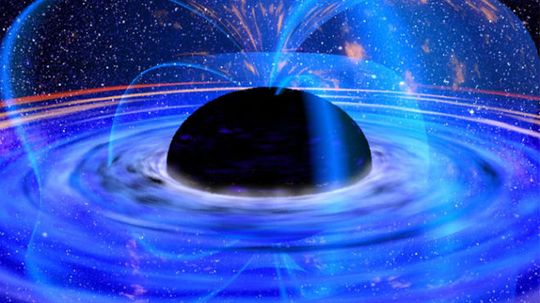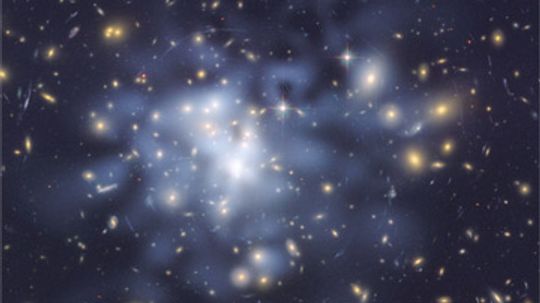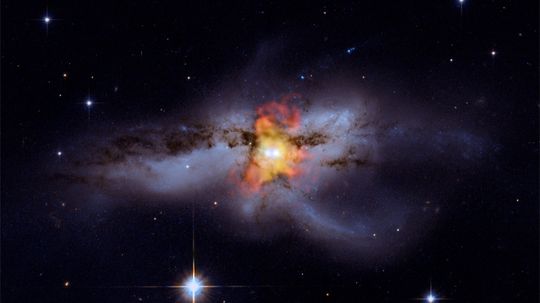Astronomy Terms
Astronomy terms are used to describe the various phenomena in space. In this section you can learn what every astronomy term means and how it helps us to better understand the cosmos.

Can You Nominate Yourself for a Nobel Prize?

How Do You Win a Nobel Prize?

What Are the Masons?

Quiz: How Much Do You Know About Stephen Hawking?
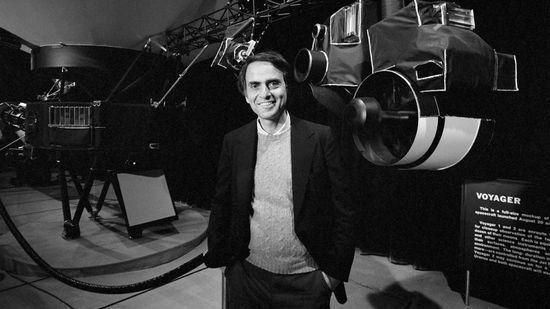
10 Cool Things About Carl Sagan

10 Cool Things About Neil deGrasse Tyson
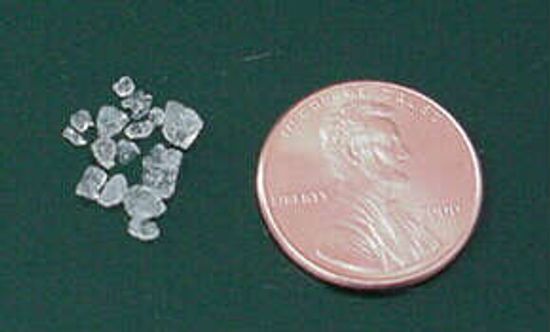
How do polymer crystals work and why do they absorb so much water?

Is a Karat the Same as a Carat?
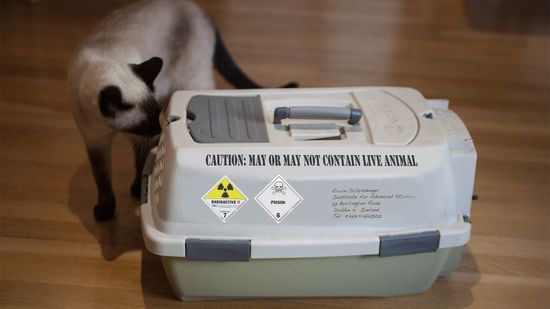
4 Quantum Physics Misconceptions, Busted

Chaos Is Not Randomness: A Complex Systems Scientist Explains
Learn More
You've heard of the big bang, of course, but do you have any idea as to what was happening during that massive flurry of activity billions of years ago?
By Robert Lamb
So much of our cosmological history starts with the much-discussed Big Bang, but what led up to that cataclysmic moment? And did time even exist back then?
Scientists announced the discovery of the largest known planet in the universe. TrES-4 has a density similar to balsa wood, and some say this gas giant could float on water. Learn why this planet is so puzzling and how planet hunters make amazing discoveries like these.
Advertisement
While routinely scanning the stars, NASA scientists came across something they didn't expect to see: a vast area of space empty of stars, planets and matter.
Nebulae are collections of dust and gases scattered across the galaxy. They're the sites where stars are born and what's left behind after they die.
The big bang theory is well-known, but there are many misconceptions about it. Like what? Let's start with this one: There was no bang.
Aberration of Light is a phenomenon in which a star or other celestial body, as viewed from the earth, appears to be slightly displaced from its true position.
Advertisement
Chronometer, a timepiece that is exceptionally accurate. Traditionally, the term refers to the marine chronometer, a rugged mechanical instrument used at sea to keep time for navigational purposes.
Cosmogony, the study of the origin and development of the universe as a whole and of the individual bodies that compose it.
Hourglass, a device for measuring time. In its usual form it consists of two cone-shaped or oval glass receptacles joined by a narrow neck.
Midnight Sun, a name given the sun when it can be seen at midnight during the Arctic or Antarctic summer.
Advertisement
The nebular theory, also known as nebular hypothesis, presents one explanation of how the solar system was formed, proposed by Pierre Simon de Laplace in 1796.
By Yara Simón
Planetarium, is an educational device for showing the locations and movements of the planets and other objects in the universe.
Planetesimal hypothesis is a theory of the origin of the solar system. It was proposed by Forrest R.
Solar wind is a continuous stream of mostly hydrogen and helium that flows outward from the sun in all directions. It does everything from disrupt GPS signals to create the aurora borealis.
By Mark Mancini
Advertisement
Van Allen Radiation Belts, two zones encircling the earth in which there are relatively large numbers of high-energy (fast-moving) charged particles.
By Yara Simón
Every day, astronomers unravel a little more of the universe's inner workings, but the jury is still out on 95 percent of its contents.
By Robert Lamb
Have you ever really thought about the scale of the universe? A good starting point is the teaspoon.
If you took all of the matter in the universe and you pushed it all into one corner, how much space would it take up? I am trying to understand how much of the universe is 'empty.'
Advertisement
A light-year is a way of measuring distance, which doesn't make much sense because "light-year" contains the word "year," which is normally a unit of time. So, how does a light-year measure distance?
Comets are remarkable pieces of our universe's past, and they tell us a great deal about how the universe was formed. Learn about the long but rewarding process of discovering and analyzing comets.
A black hole occurs when a massive star dies -- its enormous mass implodes and becomes so heavy that it bends space. So how do astronomers detect something that they can't see?
We take much for granted about our universe, like it's getting bigger. What if the universe stopped expanding and started collapsing inward with a giant crunch?
Advertisement
For decades, stargazing scientists have been facing their own darkness on the edge of town as they try to explain one of astronomy's greatest mysteries: dark matter. Have they been successful, or will the universe carry its secrets for a long time?
Space collisions are the universe's car wrecks. Only in outer space, it's stars, asteroids and even galaxies doing the smashing.
By John Fuller

